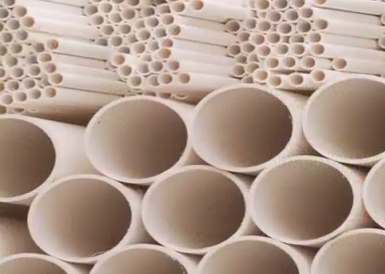turbulence
As our business has evolved through the years, more and more often we've found ourselves involved in designing, engineering and installing waterfeatures associated with hospitals, medical centers and other healthcare institutions. These projects usually fall under the heading of "wellness gardens" or "healing gardens" - that is, spaces set aside for patients, families and staff to decompress, meditate or simply take a break. While these watershapes are generally simple in concept, there's typically more to the way they're designed and built than meets the eye - a fact that adds an extra layer of
As I've gotten better at what I do as a watershaper, I've found that lots of the maturing has been related to getting really good at listening to my clients. Once I figured out how to attune myself to their visions and voices and set aside my ego (however temporary that might be), I found that my designs crackled with new energy I was borrowing from people who wanted my help in expressing themselves. That's the artistic, inspired side of watershaping, of course, and as my listening skills grew and my projects took on new and sometimes
One of the least heralded factors in pond health is also among the most significant: It's all about oxygen, writes Ed Beaulieu, who reviews the basics while offering some suggestions on how to keep it's level up where it needs to be to make both fish and plants happy.
Pipes are pipes, right? Anything that moves water from point A to point B will get the job done, so long as it doesn't leak, right? Well, not right, as I discuss in the video linked below. Of all the conceptual advances made within the watershaping industry in the past 20 years, I'd have to say that watershapers' awareness that pipe size really does matter and that big pipes are
I was out of a job in Gloucester, England, several years back when I came across a collection of wonderfully unusual sculptures that changed my life. These compositions, called Flowforms, were the work of British sculptor John Wilkes, an inspired artist who for most of his professional life has explored ways to use water’s nature and characteristics as his medium. I was immediately drawn to what I saw: I’d worked as an estate gardener before being trained as a sculptor at the St. Martin School of Art in London and had always had an interest in natural forms and all sorts of experimental media. I had also spent a good part of

















